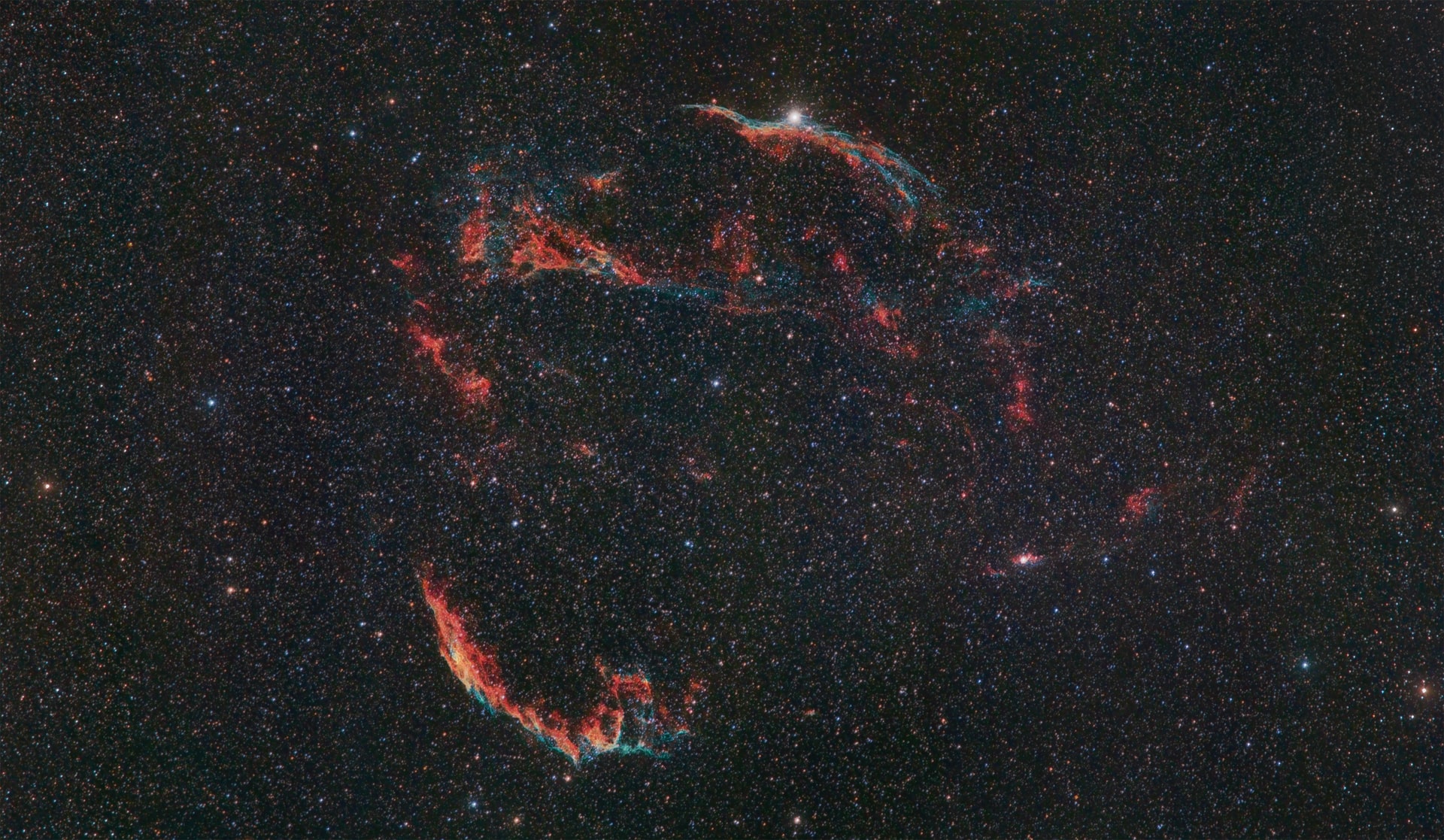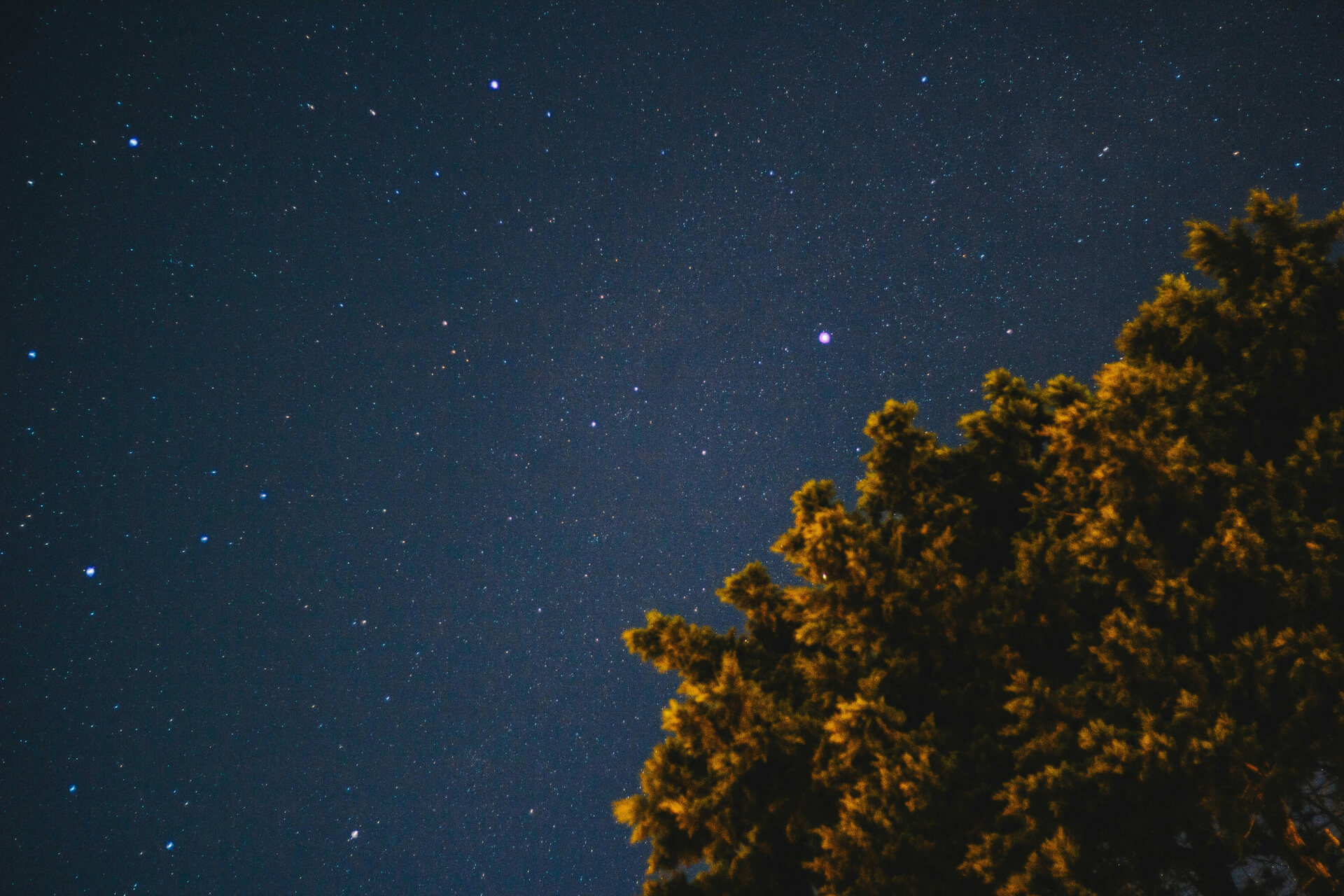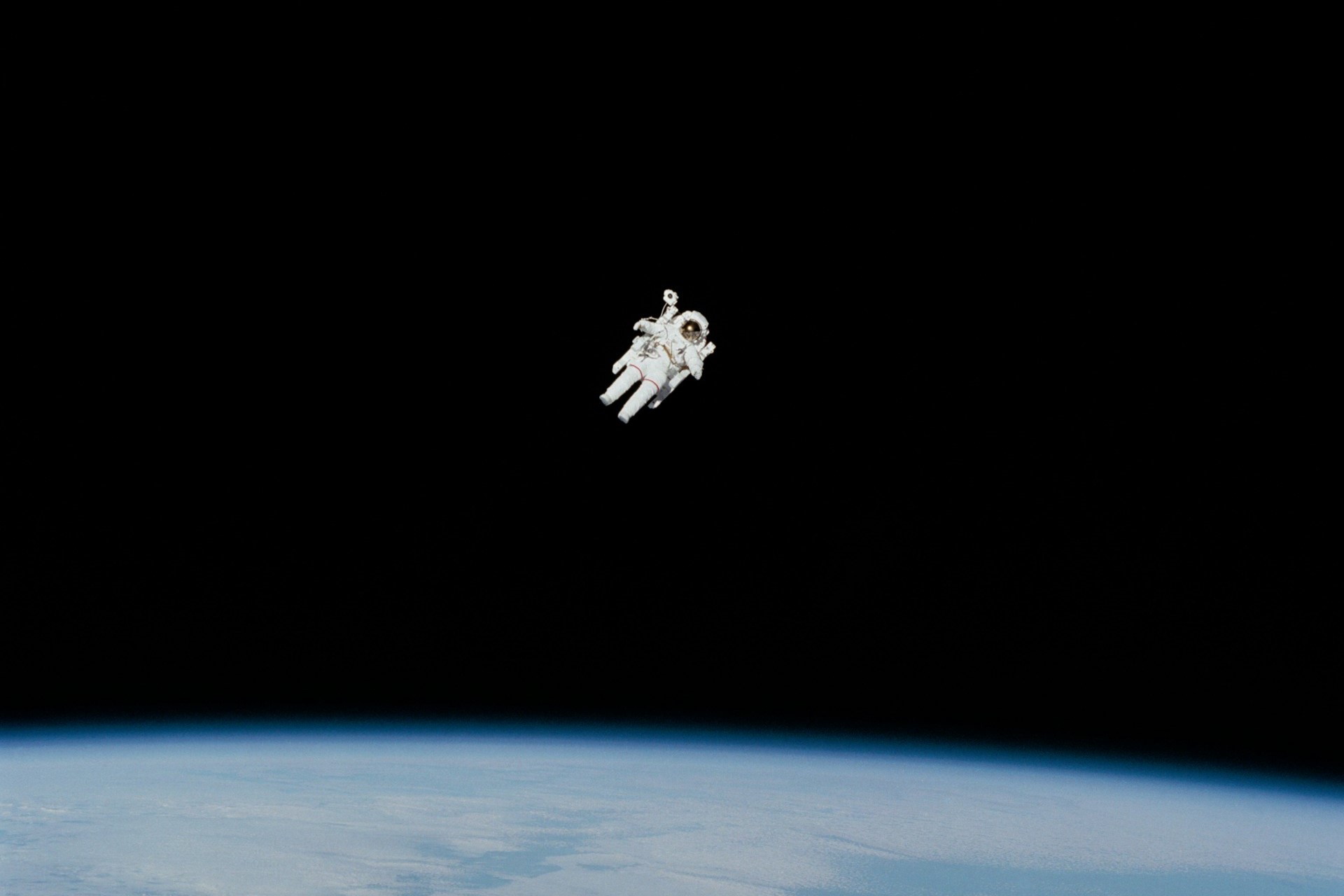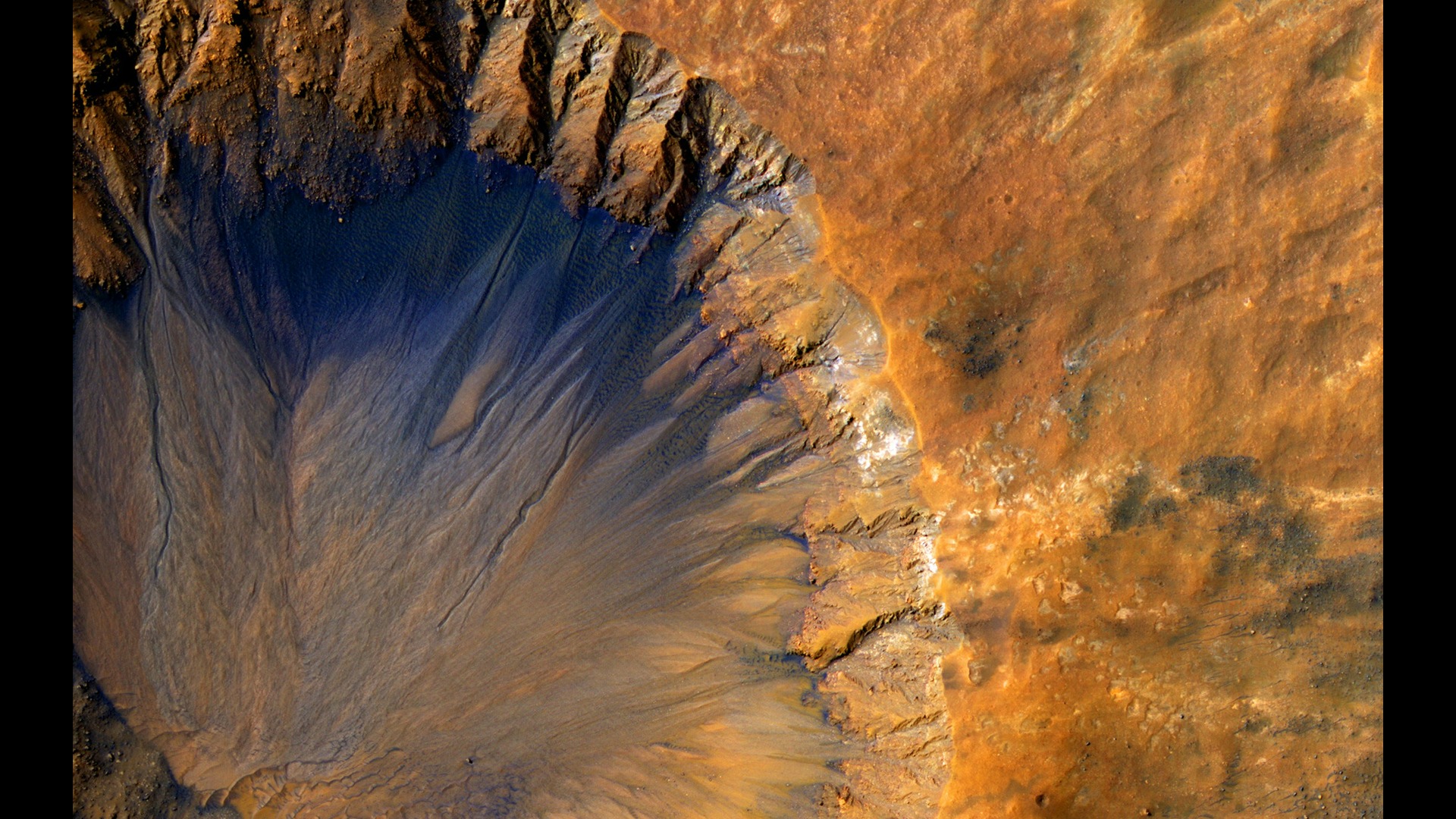
After the Supernova: Facts About Neutron Stars
June 29, 2022 - Emily Newton
Revolutionized is reader-supported. When you buy through links on our site, we may earn an affiliate commission. Learn more here.
Stars may seem infinite to our short human life span, but they don’t live forever. Eventually, every star will burn through its fuel supply and begin to die. Like our home star, low-mass stars will slowly expand and shed their outer layers before collapsing back into a white dwarf. On the other hand, high-mass stars will go out with more of a bang.
Stars that are at least four times larger than our Sun have the potential to explode in a violent supernova. Flinging their outer layers into the cosmos creates an impressive light show and often leaves behind a nebula. Once the light show ends, these dying stars leave behind an ultra-dense core known as a neutron star. Let’s take a closer look at what happens to a star after it dies and explore some exciting facts about neutron stars.
Forming a Neutron Star
We’re already familiar with supernovae — those bright flashes that mark a dying star in the night sky. Neutron stars are all that’s left of the star’s core once the explosion is over. The supernova also marks the end of the star’s ability to produce the fusion reaction that allows it to generate heat and light. Without that reaction, there is nothing to stop the core from collapsing.
Over time, neutron stars get denser and denser, shrinking until they are around 20 km (12.5 miles) in diameter. That’s shorter than the distance of a half-marathon, but you wouldn’t want to try to run around on the surface of a neutron star.
Collapsing Atoms
The gravitational pull of a neutron star is immense, more than 100 billion times what we experience here on Earth. Even if we could set foot on a neutron star, the crushing gravity would squish the human body flat in seconds. That isn’t the only thing getting crushed in a neutron star.
In most of the universe, atomic structure is fairly universal. Atoms contain protons, neutrons and varying numbers of electrons. The gravity in a neutron star is so strong that it breaks down these atomic bonds, causing protons and electrons to combine into neutrons. This process is also what gives the stars their name. Astronomers don’t know what the core of a neutron star might look like, but they suspect that it’s made up of a neutron superfluid.
One Teaspoon = 1 Billion Tons
These remnant stars are so incredibly dense that a tiny star only 20 km in diameter is roughly 1.4 times the mass of our Sun. If you could get close enough to take a teaspoon of that material, it would weigh more than 1 billion tons.
Thankfully — or unfortunately, depending on how you look at it — the laws of physics and gravity as we currently understand them won’t allow you to get close enough to a neutron star to try taking samples.
Spinning Like a Skater
Have you ever watched an ice skater gliding effortlessly across the ice? It’s a marvel to behold, especially when they start to spin. Without any additional external momentum, they can increase their speed simply by drawing their arms and legs closer to the center of their body. This principle is known as the conversion of angular momentum. The same principle applies to facts about neutron stars as we understand them.
As a neutron star forms, it begins to spin. As it turns, the motion causes the star to compress and shrink even further. Over time, it will cause the density to increase. They can slow down over time, but most neutron stars are still spinning.
The Process of Gravitational Lensing
Even if astronomers are using telescopes capable of detecting other parts of the electromagnetic spectrum, they still have to contend with the problem of line-of-sight. In most cases, we can’t see the backside of a planet or star unless we’re lucky enough to catch it rotating. That isn’t the case with neutron stars due to their massive gravitational pull.
This process is known as gravitational lensing. The gravity of a neutron star is so great that it causes the radiation it emits to bend. It’s not unlike using two mirrors to see the back of your head after a haircut. The bending radiation acts as a mirror and allows astronomers to observe the star’s backside without waiting for it to rotate.
Types of Neutron Stars
Like most of the things we’ve observed in the universe, neutron stars come in various flavors.
Pulsars
Remember how we mentioned that neutron stars spin? Sometimes, as they spin, they can also unleash bursts of radiation. When we observe them from Earth, the spinning of the neutron star combined with these radiation bursts can make the star appear to be pulsing or flashing. This behavior has earned them the name pulsars.
Pulsars are often recently deceased stars and still have some energy to burn. After a few million years, they usually run out of fuel and stop flashing. At this point, they become regular neutron stars. Currently, astronomers have only identified about 2,000 known pulsars, though there are substantially more neutron stars.
Magnetars
Space is just as scary as it is beautiful. Magnetars are another form of neutron stars. They have a magnetic field more than 1000 times stronger than a standard neutron star, which earned them their name. Magnetars spin slower than classic neutron stars.
Don’t get too close to a magnetar if you hope to survive in outer space. According to Paul Sutter, an astrophysicist, getting within 1,000km (600 mi) of a magnetar can be fatal. “The magnetic fields are strong enough to upset not just your bioelectricity — rendering your nerve impulses hilariously useless — but your very molecular structure. In a magnetar’s field you just kind of…dissolve.”
Crashing Gravity Waves
Astronomers have observed multiple stars orbiting one another before. These systems — named for the number of stars in orbit — can also include one or more neutron stars. Like other multi-star systems, orbiting neutron stars may eventually collide with one another, unleashing massive gravity waves. Astronomers call this event a “kilonova” because they are up to 1,000 times brighter than a standard supernova.
IN 2017, astrophysicists detected gravitational waves from one of these kilonovas. The waves were strong enough to ripple throughout the universe. Astronomers still aren’t sure what happens to neutron stars once they collide, though it’s theorized that they combine into a supermassive magnetar. They know that these collisions are a necessary tool for creating life in the universe — or at least the building blocks required for life to emerge.
A Source for Heavy Elements
Life-generating elements aren’t the only things unleashed by these massive interstellar collisions. Many of the heavy elements we use here on Earth — such as gold and platinum — are generated when two neutron stars collide.
Some researchers suspect that all the gold and platinum we have here on Earth — and possibly all the gold and platinum in the universe — could result from these kilonovas.
Confirming General Relativity
Among his many predictions, Albert Einstein theorized that gravitation waves would also travel at the speed of light. Until recently, we didn’t have a way to confirm that theory, leading to the practice of modified gravity. Physicists would use different speeds for gravitational waves in their calculations.
When we detected the gravitational waves from the 2017 kilonova, the light and gravity waves from this event arrived within 1.7 seconds of each other. This discovery effectively confirmed Einstein’s theory of general relativity and destroyed the practice of modified gravity in one fell swoop.
We’re Still Learning Facts About Neutron Stars
The human race is still very young in our understanding of the universe. We’re not infants anymore. More like toddlers — exploring everything and putting everything in our mouths as we try to make sense of the world around us. No, that is not an invitation to stick your head out of an airlock to lick a meteorite or find out what space smells like. We’re still learning, and there is still so much to learn. The facts about neutron stars that we understand today differ from the facts we understood before the 2017 kilonova. What is your favorite fact about neutron stars?
Revolutionized is reader-supported. When you buy through links on our site, we may earn an affiliate commission. Learn more here.
Author
Emily Newton
Emily Newton is a technology and industrial journalist and the Editor in Chief of Revolutionized. She manages the sites publishing schedule, SEO optimization and content strategy. Emily enjoys writing and researching articles about how technology is changing every industry. When she isn't working, Emily enjoys playing video games or curling up with a good book.







